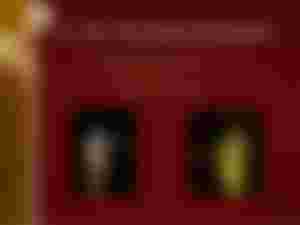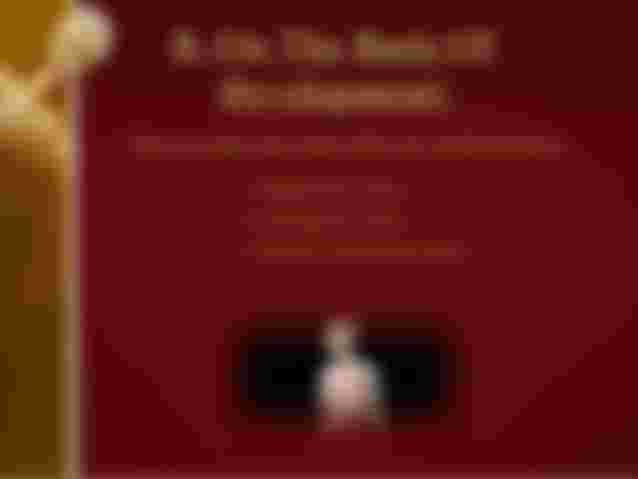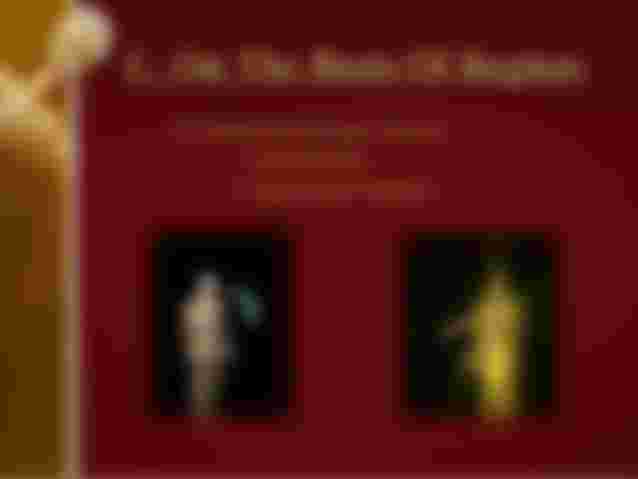Bone, rigid body tissue consisting of cells embedded in an abundant hard intercellular material. The two principal components of this material, collagen and calcium phosphate, distinguish bone from such other hard tissues as chitin, enamel, and shell.
✅Bones are composed of two types of tissue:
1. Compact (cortical) bone: A hard outer layer that is dense, strong, and durable. It makes up around 80 percent of adult bone mass.
2. Cancellous (trabecular or spongy) bone: This consists of a network of trabeculae or rod-like structures. It is lighter, less dense, and more flexible than compact bone.
✅ classification:
Long bones: These are mostly compacted bone with little marrow and include most of the bones in the limbs. These bones tend to support weight and help movement.
Short bones: Only a thin layer of compact bone, these include bones of the wrist and ankle.
Flat bones: Usually bones that are thin and curved. They consist of two outer layers of compact bone and an inner layer of spongy bone. Flat bones include most of the bones of the skull and the sternum or breastbone. They tend to have a protective role.
Sesamoid bones: These are embedded in tendons, such as the patella or kneecap. They protect tendons from wear and stress.
Irregular bones: As their name implies, these are bones that do not fit into the first four categories and are an unusual shape. They include the bones of the spine and pelvis. They are often protecting organs or tissues.


✅Bones of the skeleton are split into two groups:
Appendicular skeleton — bones of the limbs, shoulders, and pelvic girdle.
Axial skeleton — bones of the skull, vertebral column, thoracic cage.

✅Bone cells
Bones are not a static tissue but need to be constantly maintained and remodeled. There are three main cell types involved in this process.
Osteoblasts: These are responsible for making new bone and repairing older bone. Osteoblasts produce a protein mixture called osteoid, which is mineralized and becomes bone. They also manufacture hormones, including prostaglandins.
Osteoclasts: These are large cells with more than one nucleus. Their job is to break down bone. They release enzymes and acids to dissolve minerals in bone and digest them. This process is called resorption. Osteoclasts help remodel injured bones and create pathways for nerves and blood vessels to travel through.
✅Bone marrow
Bone marrow is found in almost all bones where cancellous bone is present.
The marrow is responsible for making around 2 million red blood cells every second. It also produces lymphocytes or the white blood cells involved in the immune response.
✅Function:
1)Mechanical
*Protection
*Gives structure
*Facilitates movement
*Facilitates hearing
2)Synthetic
*Contains bone marrow
3)Metabolic
*Stores calcium
*Helps regulate the acid-base balance
✅ Do you know?
🔸Babies are born with about 300 bones. Almost a third of bones of babies eventually fuse together to form the 206 bone skeleton of an adult.
🔸 The largest bone in the human skeleton is Femur.
🔸The 3 smallest bones in the human body--malleus, incus, and stapes--are located in the middle ear.



Well writing❤️